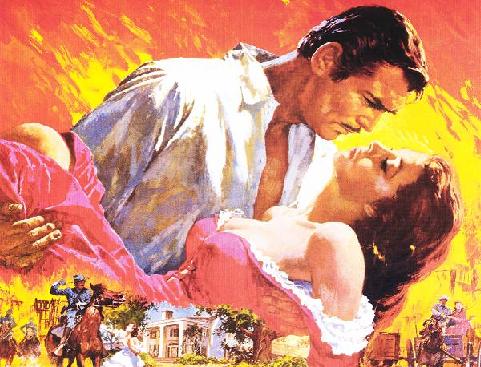Woody Allen’s 1977 classic Annie Hall is widely considered to be one of Allen’s best films, along with Manhattan (1979), Hannah and Her Sisters (1986), and Sleeper (1973). The film is semi-autobiographical, based on the real life relationship between Allen and his leading lady, Diane Keaton, which ended in 1975. That same year, Allen turned 40, prompting him to evaluate his life, and he began to write Annie Hall. The film was critically acclaimed, and Allen’s top grossing film until the 2011 release of Midnight in Paris. The American Film Institute put it at #35 on its 2007 list of Top 100 Films, and at #4 on their list of funniest films of all time. Finally, it was given the Best Picture, Best Actress (Diane Keaton), Best Director (Allen), and Best Original Screenplay (Allen and Marshall Brickman) Oscars at the 1978 Academy Award ceremony. In addition to these accolades, Annie Hall marks an important shift in the American perceptions of gender following the feminist movement of the late 1960s, a point that is reflected in Alvy Singer and Annie Hall’s modern romance.
is reflected in Alvy Singer and Annie Hall’s modern romance.
Tag Archives: AMST500
Tradition: Summers at the Jersey Shore
Belmar. Ocean City. Wildwood. Cape May. Spring Lake. Ocean Grove. Long Branch.
Pivotal Text: Gone With the Wind

In Shelley Fisher Fishkin’s Lighting Out For the Territory, she dissects the various, and sometimes troubling, representations of Mark Twain’s life and work. While Twain is certainly a unique character, the phenomenon of tweaking the works of American authors to create a mythology is not specific to him. Margaret Mitchell, through her only novel Gone With the Wind, draws an easy comparison to Twain, from her Southern roots to the issues of race and slavery. However, by remaining true to the novel’s text, it has enabled Atlanta and it’s countryside to continue its worship of a civilization that is literally “gone with the wind.”

A Slice of American Studies.
Welcome to my professional online portfolio! Here, you can view my CV, work experience, presentations, and some of my pieces of research. This was created within the confines of a Ph.D. course, but it extends far beyond that. For more American Studies scholarship from all over the web, you can check out my Tumblr page dedicated to American Studies, which will feature articles and images on a weekly basis.
To learn more about me, or about the discipline (or counter-discipline!) of American Studies, check out the tabs above.




